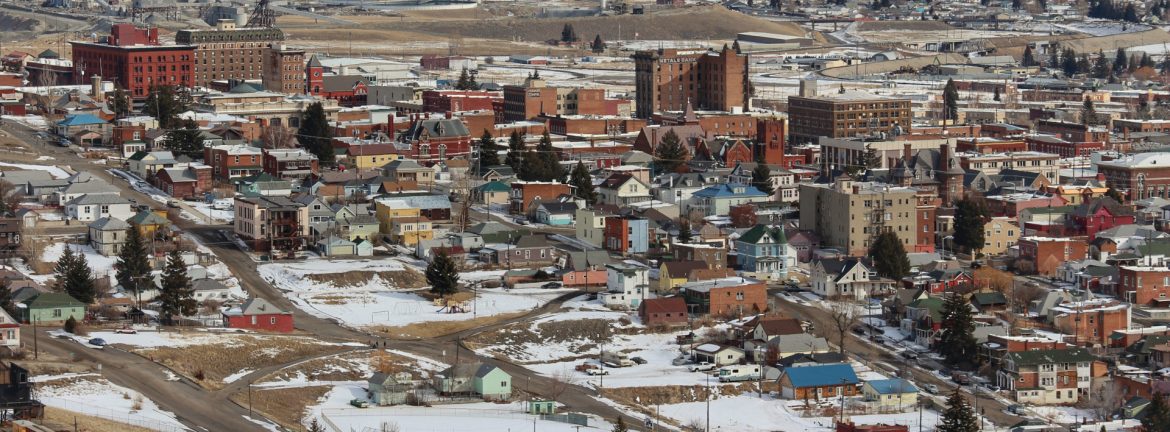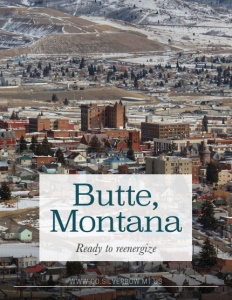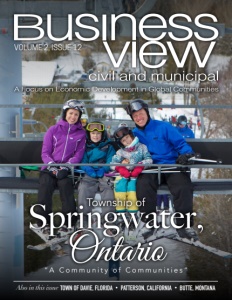Butte, Montana
Ready to reenergize
Business View Magazine interviews City of Butte, Montana Chief Executive JP Gallagher for our focus on Economic Development in U.S. Cities
Surrounded by stunning mountain views, dense forests, and urban conveniences, the City of Butte, Montana has a rich, storied history dating back to 1864. The area was first established as a camp for the local gold and silver mines. When the development of electricity at the turn of the century led to an immense need for copper, work at the mines shifted – causing major growth for the city. At its peak, Butte had a population of more than 100,000 and was once the largest city in Montana.
As mining became more industrialized in the mid 1900s, Butte’s growth slowed and the population began to decline. In 1977, the City of Butte and County of Silver Bow merged to form one consolidated government, referred to as the City-County of Butte-Silver Bow, Montana.
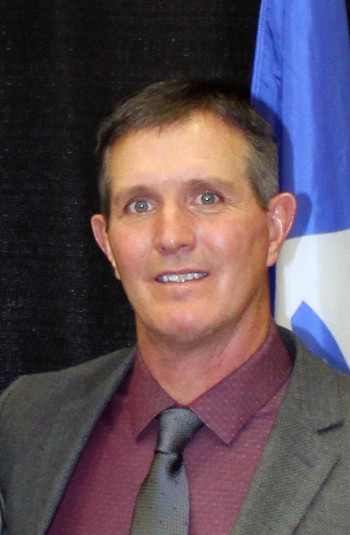
Chief Executive, JP Gallagher
Butte Chief Executive, JP Gallagher, recalls, “I was born and raised here. I’ve seen what Butte was and what it’s become. It is a great place to live; very community oriented with strong family values. Butte is a hard working, blue collar community, very welcoming, and has a very unique sense of pride. We have an urban setting, but within minutes, you can be as rural as you want to be.” Travel to and from the city is easy and convenient, thanks to a domestic airport, two railroads, and its location between interstates 15 and 90.
Butte now has a population close to 35,000, although Gallagher suggests that number is probably higher due to a large number of people relocating to the city during COVID. Known as a gateway community, Butte is situated between Glacier and Yellowstone National Parks. Thompson Park, a 3700-acre park is a destination in itself – co-managed by Butte-Silver Bow and the U.S. Forest Service, it’s the largest of many parks and recreational trails in the city.
Attracting new industry became a priority for Butte in the late 1990s, in an attempt to diversify and reenergize the economy. Since then Montana Connections Industrial Park, located southwest of the city, has brought companies such as REC Silicon, a producer of advanced silicon materials for solar and electronics industries, into the community. Northwest Energy has located their state headquarters in Butte, and mining is still an important industry.
“We grew up with, and we still are very prideful of our mining industry,” says Gallagher. “At one time, we had probably 20,000 miners working underground. Today, our miners are mining more ore than they were back then – with the heavy equipment and technology, they’re able to process a lot more ore.” Billionaire Dennis Washington reopened the mine in 1985, and his company, Montana Resources, continues to mine copper and molybdenum in Butte, employing more than 350 people.
The city offers an excellent education system at all levels. For example, Montana Technological University is known nationwide for its quality engineering programs, and more recently, its nursing program. Gallagher explains, “Their emphasis has always been in engineering; petroleum engineering, mining engineering, electrical engineering, and engineering sciences. Our university system is second to none. In the petroleum industry, it’s world renowned. About 25 years ago, they started a nursing program and since then have become the number one nursing program in the state of Montana.” He adds that a recent donation of $7 million was given to the nursing school, by a private donor.
Workforce development is another priority for the city. According to Gallagher, “Butte was called the Gibraltar of Unionism here, locally. So, workforce development has always been around, but like all communities, right now we are struggling, as not as many people have gone into those trades. The local unions are training and actually paying people in their apprentice programs, whereas 20 years ago, they were hard to get into and you’d have to pay for that training yourself.”
Skilled training and education are offered through The Sheet Metal Worker’s Training Center of Montana, and Highlands College of Montana Tech. The college is currently developing programs, including a Commercial Drivers License program (CDL) to help manage a nationwide shortage of commercial drivers. “We are working locally through the government and at the university to develop the skilled programs to help workforce development,” says Gallagher. “We are seeing companies come to us based on the ability that they can find skilled workers in our local community.”
In its mining heyday, Butte was one of the largest cities in the Western U.S. and there was a lot of wealth in the community. A great emphasis went into the architectural design of historic buildings that are still standing proud today. Others are ready for new life. Gallagher notes, “We have the ability for condominiums and housing stock to grow, by taking some of our older buildings that have sat dormant for many years. We’re seeing a lot of reinvestments into that kind of housing industry.” As new residents continue to move into the area, he adds that there is land available, and new development happening within the community.
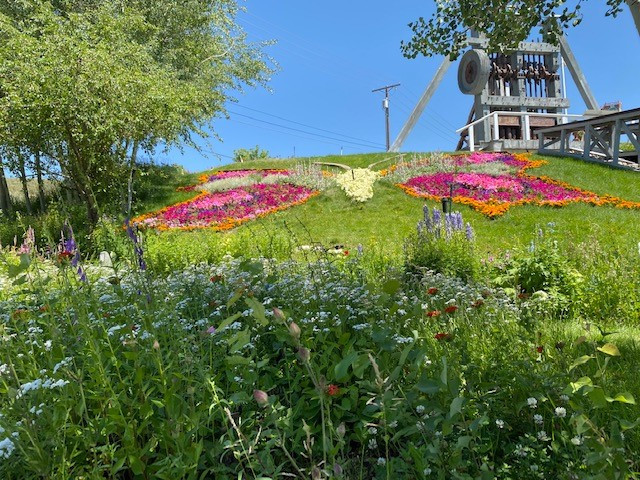
Butte is one of the largest superfund sites (land within the U.S. that is contaminated by hazardous wastes) due to the mining industry, and Butte-Silver Bow is working in partnership with the EPA, DEQ, and Atlantic Richfield to clean up the site and make it safe to inhabit. “With that has come a lot of new development,” says Gallagher. “The average house price in Butte is about $188,000, compared to Bozeman that has an average over $750,000. We are seeing a lot of transitional residents moving from those southwest Montana communities to our community. Businesses are looking to relocate here, based on the ability for them to hire and house employees.”
As the hazardous remnants of the mining industry are being removed from the city, Butte is also investing in sustainable initiatives. Butte is currently in talks with Mitsubishi involving a green hydrogen project, something the city is set up for due to the availability of water, which is a key component. Gallagher acknowledges, “Energy is so much in the forefront of everything that we do, and with rolling blackouts and things like that, the production of electricity through fossil fuels is one of the things that people are moving away from. We know that large industry also is putting in initiatives so they can be purchasing green energy. We are working in our local government to come up with a plan of what that looks like, and how we are able to offer that to businesses.”
Creating recreation opportunities for residents is another ongoing focus for the city, where it is recognized that livability is an important factor for people considering relocation. “We have miles and miles of paved and unpaved trails and great park facilities,” says Gallagher. “We did a $10 million infrastructure project at one of our largest parks, Stodden Park, through a private donation from Montana Resources and the Dennis and Phyllis Washington Foundation.”
There are also plans to put emphasis on the history of the community, specifically the mining history and the “Electrification of America” through copper production. Gallagher boasts, “There is a huge story to tell here. We still have the infrastructure. We have the standing Gallus frames, where they would take miners and the mules and horses down into the mines. We have shafts that went down 6000 feet into the earth – that’s how they transported them down but also how they hauled the ore back out of the mines.” Currently the city is working with the National Park Service to get a National Parks designation. The plan is to build an information area and offer tours to the public.
With much to look forward to, Gallagher shares that Butte will continue to diversify the local workforce – attracting new industry, while keeping affordability a priority. He explains, “We want to make sure that we address affordability within our community, that we are conscious and aware of how we address the needs of our current residents and not try to only attract new residents. I see a future where Butte is the most livable community in Montana and in the northwest United States.”
Our Lady of the Rockies is a 90-foot steel statue in the likeness of the Virgin Mary, overlooking the city of Butte. Only 10 feet shorter than the Statue of Liberty, it is the fourth tallest statue in the U.S. The ‘Lady’ sits 8,510 feet above sea level and is 3,500 feet above the city. Six years after it was begun in 1979, a crowd of onlookers watched as it was lowered in four sections by sky crane to its final destination.
The nondenominational monument is dedicated to women everywhere, especially mothers. The project was inspired by Butte resident Bob O’Bill, in honor of his wife who had survived cancer. The hard work of dedicated volunteers and many donations brought the project to fruition in 1985. Today, the statue is a major attraction for the City of Butte and plans are underway to build an aerial tram to deliver tourists to this magnificent icon.
AT A GLANCE
Butte, Montana
What: A historic former mining community; population approx. 35,000
WHERE: Silver Bow County, Montana
WEBSITE: www.co.silverbow.mt.us
